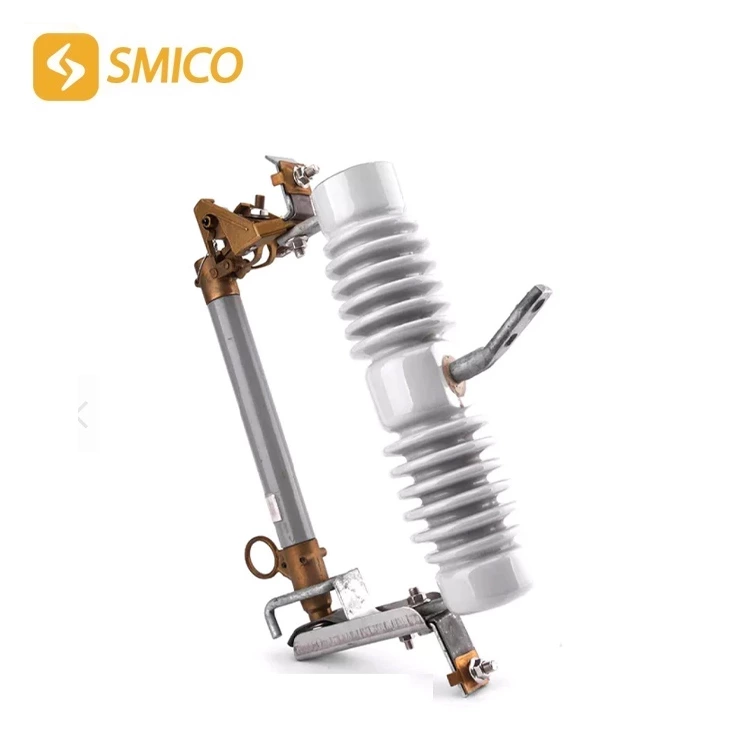How To Prevent High Voltage Drop-out Fuse From Disconnecting?
1. The structure of the fuse does not match the characteristic curve of the fuse
Different fuse structures have different time-current characteristics. The structure of the fuse does not match the drop out type fuse characteristic curve. Selecting the fuse using the dropout fuse of transformer characteristic curve will cause wrong selection and lead to failure in breaking.
2. Overheating of the high-voltage expulsion drop out fuse device
In the switch station, in order to insulate the fuse drop out from the iron shell, a sleeve will be added to the outside of the fuse, which will cause poor heat dissipation of the fuse. When the temperature rises to the melting temperature of the sleeve, the strong heat emitted puts the fuse in a high-temperature environment, and the temperature generated by the current in the circuit does not reach the melting temperature of the fuse. The impactor cannot act, the shell explodes, the arc cannot be extinguished, and the breaking fails.
3. The performance of the arc extinguishing material does not meet the requirements
The arc extinguishing material of ht drop out fuse is generally quartz sand. The composition and particle size of quartz sand have an impact on the arc burning time of the fuse.
4. The mechanical strength of the fuse shell is low
If the mechanical strength of the shell is low, there is a risk of the shell bursting during the breaking process.
5. The impactor does not meet the standard requirements
High-voltage drop-out fuses are used in conjunction with impactors. If the impactor does not have enough energy, it will not be able to push the load switch, break the circuit, and lose its function of protecting power equipment.

